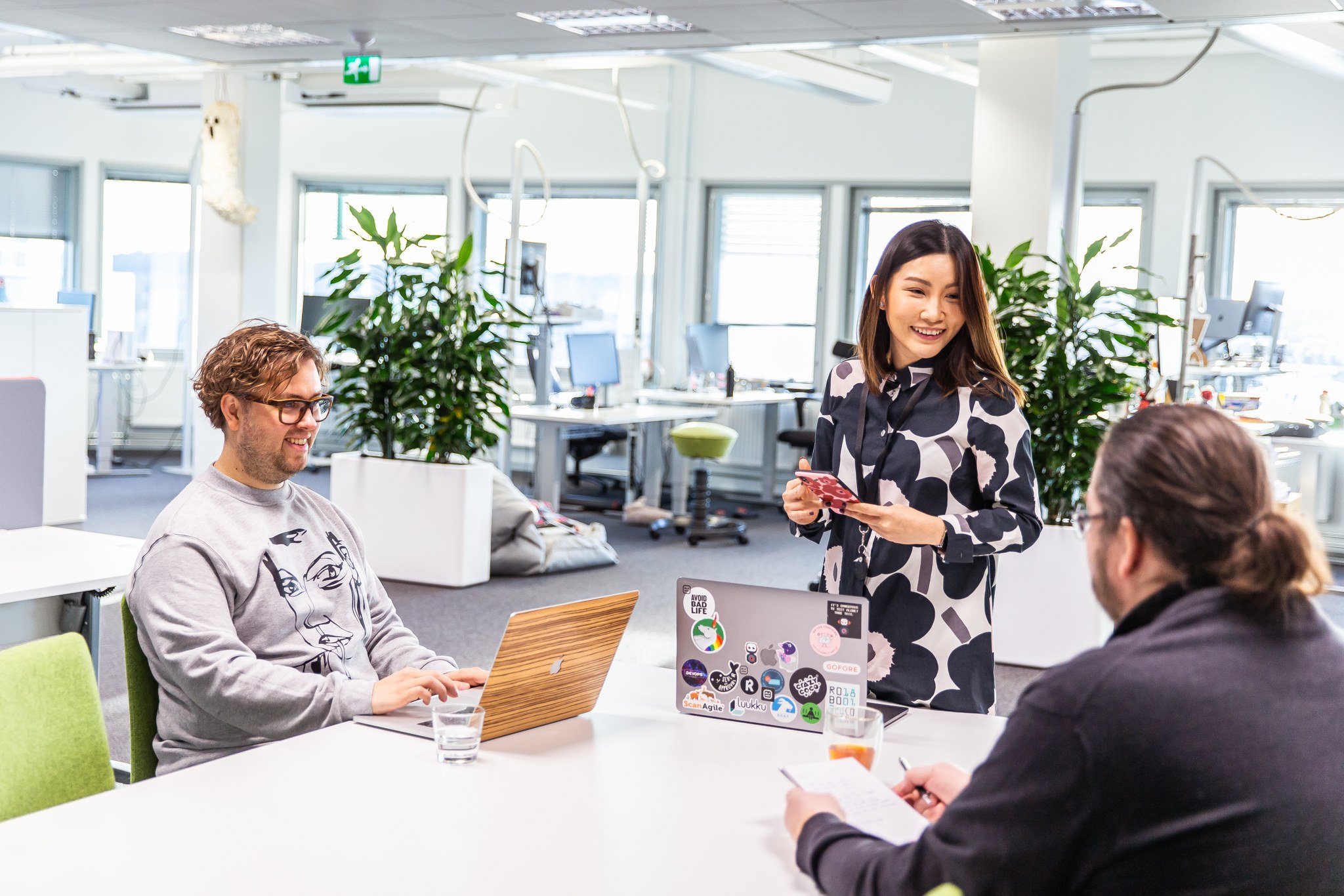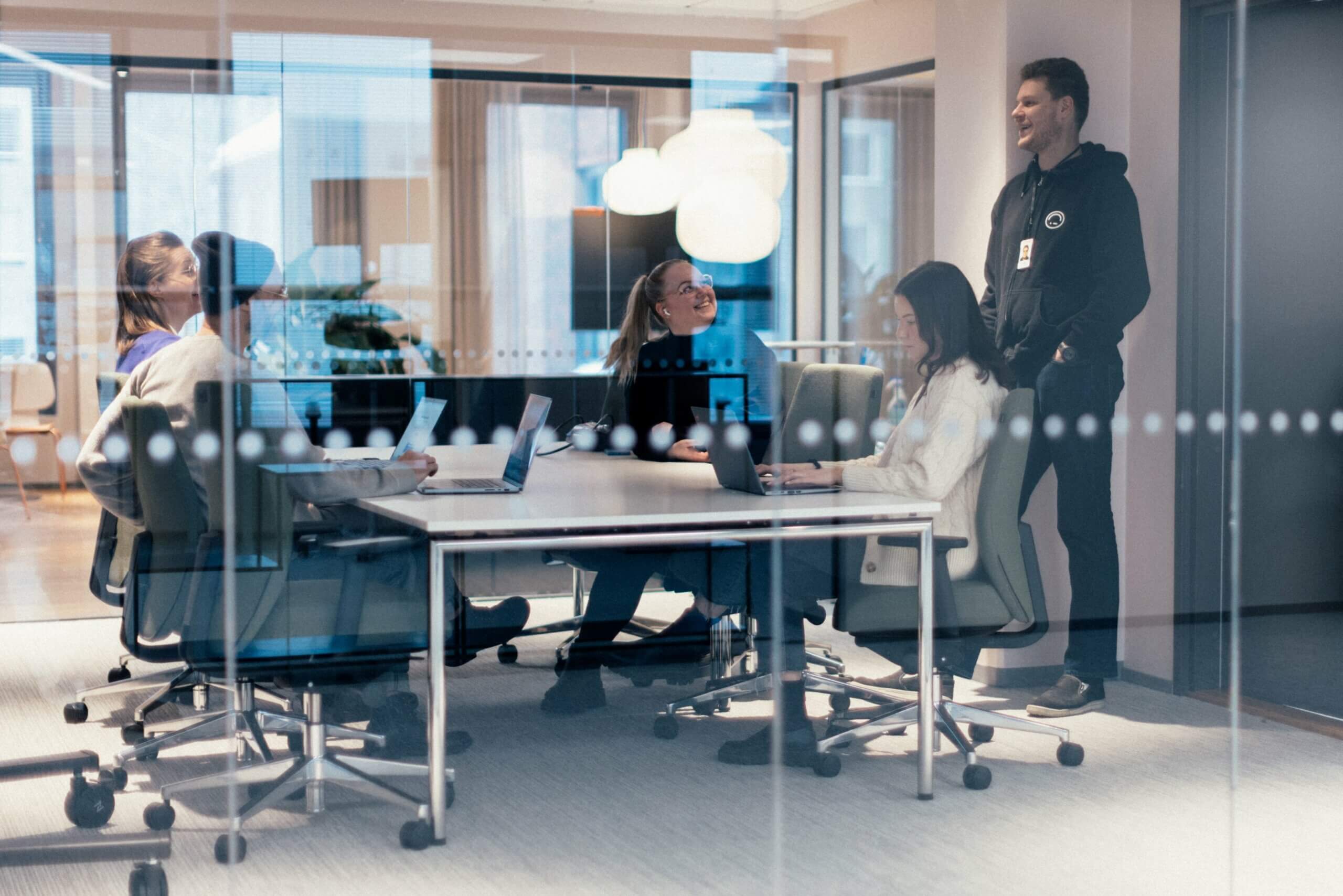A concrete example of service-oriented architecture and one of the services that originated from the SADe program is the Studyinfo.fi service package, which was created in collaboration with the Finnish National Agency for Education, Gofore, Cybercom Finland and several other ICT suppliers.
The Studyinfo combines several different services in one place and is used by both educational actors and learners at several different levels of education. A service-centric approach plays an important role in ensuring that, from the customer’s perspective, the path from one level of education to another is seamless and the user experience first-class. However, that doesn’t mean rising costs – on the contrary.
– In SADe project, we sought financial benefits, and they have materialized well. Although the service is expanding, the costs will not increase in the same proportion. The work already done can be utilized in new development targets and information contents, Nokkanen states.
The services related to the Studyinfo site have been introduced in stages during 2013–2019, and currently Gofore and Cybercom are responsible for the maintenance and further development of the service package.
– Development work like this also requires perseverance from partners. With Gofore, it has come true. I think they are acting responsibly and taking care of their staff, which is also visible to us. They have always found professionals for our projects, and agility and flexibility have been maintained, although Gofore has grown during our collaboration.
– The basis for the long-term relationship has been customer satisfaction. I appreciate their customer orientation and versatile services, as well as the fact that the people at Gofore are uncomplicated in nature, innovative in their ideas and solution oriented in their work. Our experience is that Gofore strives to provide added value for customers in a way that combines the customer’s goals and their values, sums up Pekka Matikainen, Head of Counsellor of Education unit in Finnish National Agency for Education.



